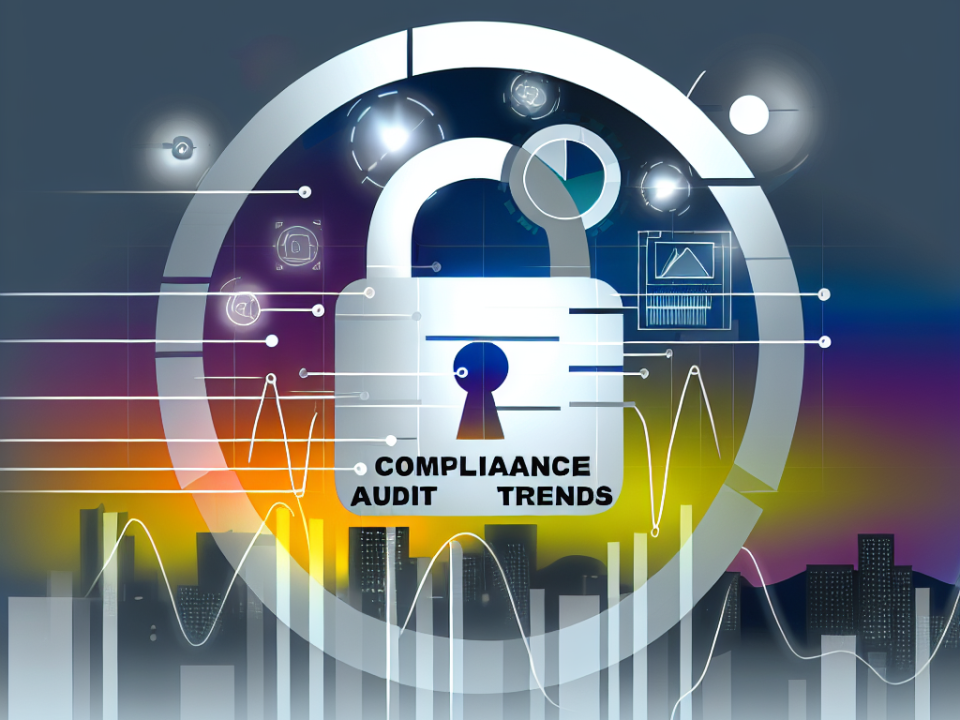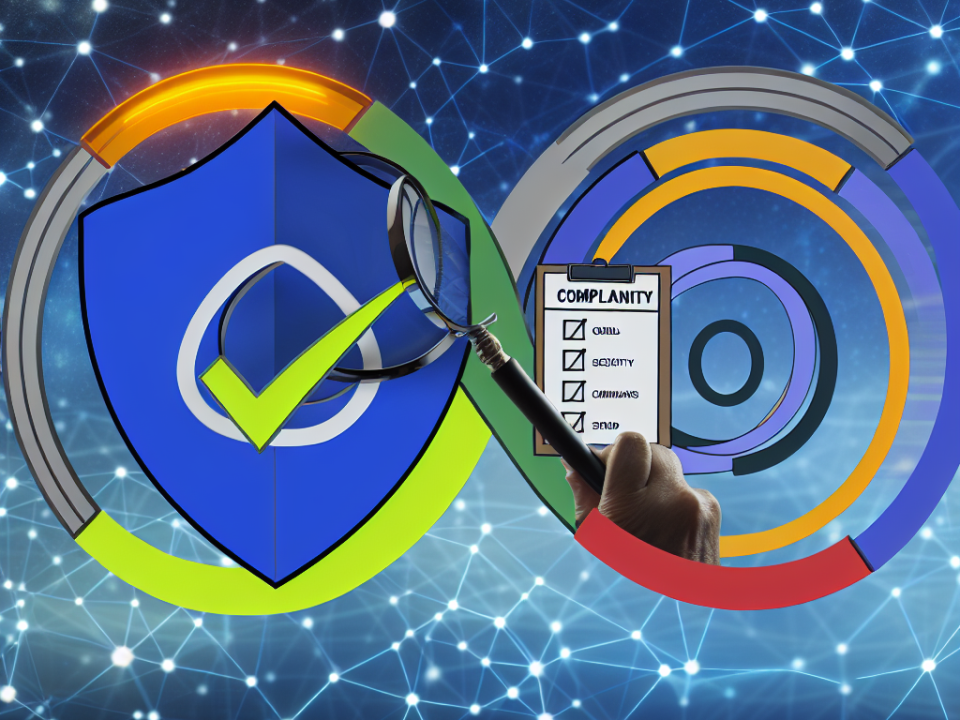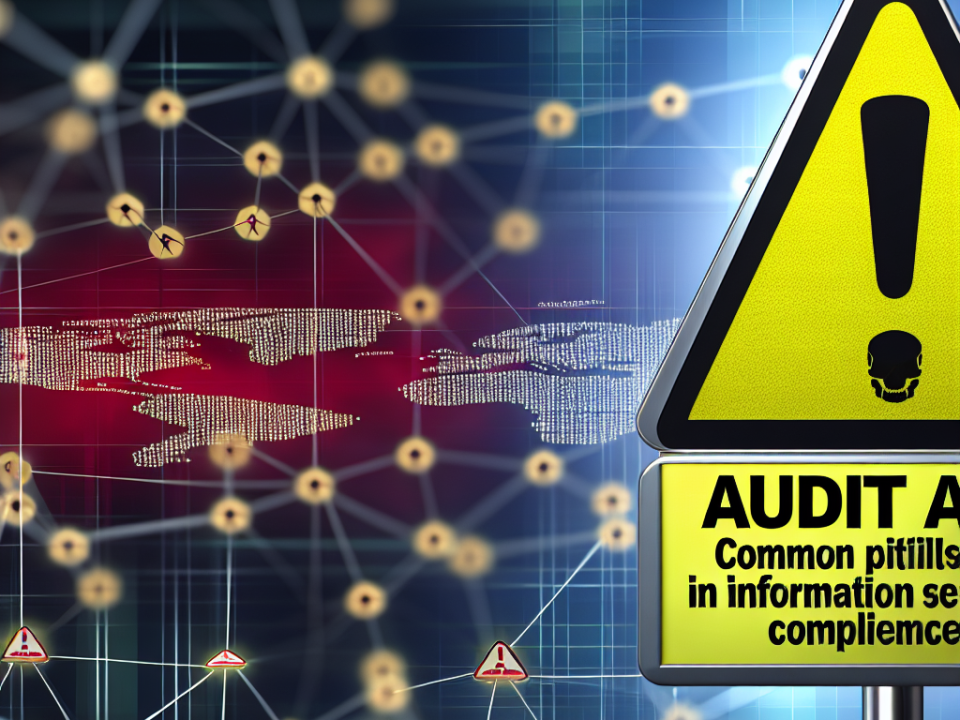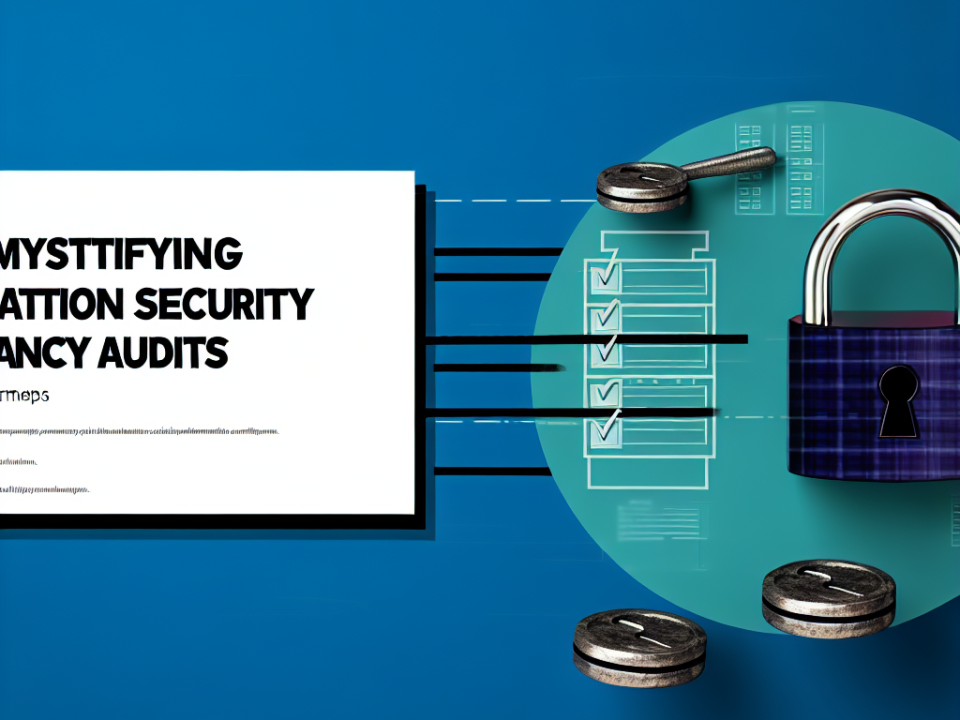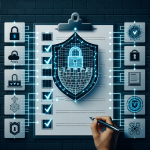
The Ultimate Cybersecurity Compliance Checklist: Ensure Your Business Stays Safe
July 10, 2025
Navigating the Cybersecurity Maze: Your Essential Compliance Checklist
July 11, 2025
In an increasingly digital world, security compliance has become a critical concern for businesses across various sectors. With the rise of regulatory frameworks like GDPR, HIPAA, and PCI-DSS, organizations must not only meet stringent standards but also do so efficiently to maintain their competitive edge. Enter automation—an innovative approach that enables businesses to streamline security compliance processes, reduce human error, and allocate resources more effectively. This article explores the tools and technologies available for automating security compliance in today’s business landscape.
The Importance of Security Compliance
Before diving into automation, it’s essential to recognize the importance of security compliance in modern enterprises. Compliance protects sensitive data, fosters customer trust, and avoids potentially hefty penalties associated with non-compliance. Moreover, as cyber threats become more sophisticated, compliance needs to evolve continuously, making manual processes increasingly inadequate. Automation can be a game changer, allowing for real-time monitoring, rapid response, and continuous auditing.
Benefits of Automation in Security Compliance
-
Efficiency: Automating repetitive tasks reduces the time taken to achieve compliance, allowing teams to focus on higher-level strategic initiatives.
-
Consistency: Automated systems execute compliance tasks uniformly, minimizing the risk of human error that can lead to compliance gaps.
-
Real-time Monitoring: Automated compliance tools can continuously monitor systems for compliance status, alerting teams to potential issues before they escalate.
-
Scalability: As businesses grow, automated compliance solutions can easily adapt to increased regulatory requirements and expanded data landscapes without a proportional increase in resources.
- Documentation and Reporting: Automated tools can generate compliance documentation and reports seamlessly, ensuring that all necessary information is readily accessible during audits.
Key Tools and Technologies for Automating Security Compliance
1. Compliance Management Solutions
These platforms provide a centralized dashboard for managing compliance requirements across various regulations. Tools like LogicGate, Vanta, and Drata offer end-to-end solutions for monitoring compliance, creating workflows, and generating reports. They often come pre-configured with frameworks such as ISO, SOC 2, and GDPR.
2. Security Information and Event Management (SIEM)
SIEM solutions like Splunk and IBM QRadar collect and analyze security-related data from various resources within an organization. They enable real-time compliance monitoring, event correlation, and alerting. Automation within SIEM can help track compliance violations and generate audit reports with minimal human intervention.
3. Automated Policy Management
Tools like PolicyTech and NAVEX Global help automate the management of compliance policies. They facilitate the creation, distribution, and acknowledgment of policies within the organization. Moreover, they can automate regular reviews and updates to policies, ensuring that they remain compliant with changing regulations.
4. Identity and Access Management (IAM)
Automated IAM solutions like Okta and Azure Active Directory enable organizations to manage user identities and access in real-time. By ensuring that only authorized individuals have access to sensitive data, these tools support compliance with various security standards.
5. Vulnerability Management Tools
Automated vulnerability scanning tools such as Qualys and Rapid7 continuously assess systems for vulnerabilities that can lead to compliance failures. They automate the process of vulnerability discovery, assessment, and remediation tracking, ensuring that compliance is maintained throughout the organization.
6. Endpoint Detection and Response (EDR)
Tools like CrowdStrike or Carbon Black can provide automated threat detection and response. By continuously monitoring endpoints for suspicious activity, these tools help maintain compliance by ensuring that potential threats are mitigated promptly.
7. Audit Automation Tools
Platforms like AuditBoard offer automation capabilities that support audit management processes. They help streamline internal audits by automating data gathering, enabling continuous auditing, and ensuring a clearer compliance trail.
Challenges in Implementing Automation
While automation brings numerous benefits, it is not without its challenges. Organizations may face issues such as:
- Integration: Ensuring that new automation tools integrate seamlessly with existing systems can be complex.
- Cultural Resistance: Employees may resist adopting automated solutions due to fear of job displacement or lack of understanding.
- Overreliance: Solely depending on automated systems may lead to complacency and missed oversights that require human judgment.
Conclusion
In today’s business environment, the need for robust security compliance is more pressing than ever. Automation offers a compelling solution to help organizations manage their compliance obligations efficiently and effectively. By adopting the right tools and technologies, businesses can streamline their compliance processes, improve accuracy, and achieve a higher level of security resilience. As the landscape continues to evolve, those who embrace automation in their compliance efforts will likely emerge as leaders in security best practices and organizational integrity.


